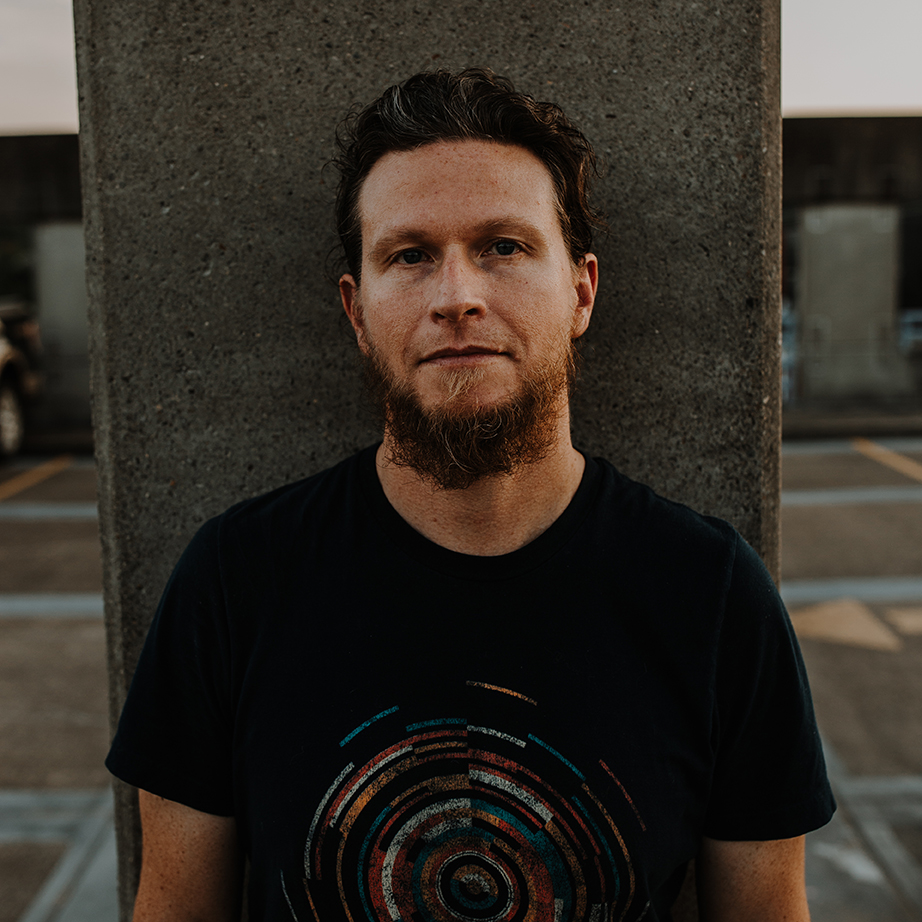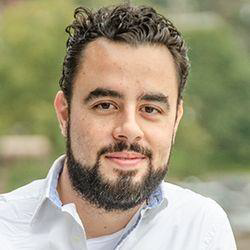Why Harappa?
The Indus River Valley Civilization flourished in South Asia, most of it in the region of what is now Pakistan, in the third and second millenia BC. Remarkably, although it was likely the largest of the known Bronze Age civilizations, it was unknown until its discovery by modern archaeologists in the 1920s. Also unlike other Bronze Age civilizations such as those in Egypt and Mesopotamia, there is a distinct lack of palaces, ornate burials and other features indicating an economically stratified society.
Killing the Priest-King: Addressing Egalitarianism in the Indus Civilization

Nonetheless, inhabitants of this civilization's many cities and smaller towns (Harappa was one of the largest population centers) enjoyed the fruits of advanced technologies such as large buildings, water and sewer systems, and other quality wares. This challenges the notion, first developing among nineteenth-century archaeologists studying the highly stratified Bronze Age societies of the West, that steep hierarchy is a prerequisite for technological development and advanced civilization. At Harappa Modeling we deploy advanced mathematical and computational techniques to help our clients in their development of complex technological systems. However, at least on our part, this does not require a steep hierarchy. Harappa Modeling is collective not a corporation: a group of collaborators who share knowledge of and interest in a unique means of implementing physics-informed machine learning. Emerging from the academic environs of the Energy Systems and Materials Simulation Group at West Virginia University (at its best an eminently egalitarian, land-grant institution), we work together on projects as colleagues, each of us skilled in and responsible for one or another aspect of the project. This is to our clients' benefit, as it ensures that the people they interact with are also the ones building the models. We do have project leaders, but nobody is an underling sweating it out in the boiler room. This improves the quality of our work while improving the lives of our collective.
Meet Our Team
-

Dave Mebane
Founder and Principal Developer
-
Dave Mebane is Founder and Principal Developer at Harappa Modeling. Dave and collaborators at Los Alamos National Laboratory developed the embedded machine learning approach in 2011 while working with the Department of Energy's Carbon Capture Simulation Initiative. After joining the faculty at West Virginia University in 2012, Dave continued to develop the method, both in its fundamental mathematical and computational framework and in many applications including carbon capture and storage, high temperature electrochemical cells, and lithium ion batteries. Dave is an Associate Professor in Mechanical, Materials and Aerospace Engineering, and Adjunct Professor in Chemical and Biomedical Engineering at WVU. He sits on the Academic Advisory Board at Electra Vehicles, Inc., and has been a Visiting Research Scientist at NASA Ames Research Center and a Visiting Professor at the University of Rome Tor Vergata.
-

Michael Fouts
-
Michael Fouts is a Ph.D. student in the Energy Systems and Materials Simulation Group at West Virginia University. His Ph.D. work focuses on developing methods and applications for physics-informed machine learning: in particular embedded Gaussian processes, which he deployed in his work on the Lunexus Space project with Harappa. Michael earned a Bachelor's degree (with high honors) in Chemical Engineering from WVU in 2017. Subsequently he worked in the natural gas industry, developing methods for identifying leaks in natural gas transmission systems. Later he worked as a data scientist for Deloitte, before starting his Ph.D. studies. Michael holds an Adjunct Professorship at Pierpont Community College, where he teaches a class on natural gas metrology. Currently Michael is at Sanofi on an internship.
-

Alejandro Meija
-
Alejandro Mejia is a postdoctoral fellow at West Virginia University, with M.Sc. (2017) in Aerospace Engineering and Ph.D. (2024) in Materials Science and Engineering, specializing in data-driven model building, with emphasis on computational modeling of electrochemical systems. His research focuses on developing models for ceria-based electrolysis cells using the MOOSE finite element analysis framework, implementing Bayesian and Monte Carlo methods for parameter estimation, and advancing numerical simulations and machine learning techniques in materials science. He has extensive experience in high-performance computing, C++, Python, and MATLAB, with applications in static and dynamic systems, solid-state ionics, and electrocatalysis. Alejandro has also contributed to computational fluid dynamics and renewable energy research projects. Ph.D. 2024 West Virginia University, Materials Science and Engineering M.Sc. 2017 West Virginia University, Aerospace Engineering B.Sc. 2015 Universidad Pontificia Bolivariana, Aeronautical Engineering
-

Srikar Devarakonda
-
PhD Chemical Engineering West Virginia University, Morgantown , USA
MS Chemical Engineering Carnegie Mellon University, Pittsburgh, USA
M.Tech. Indian Institute of Technology, Kanpur, India